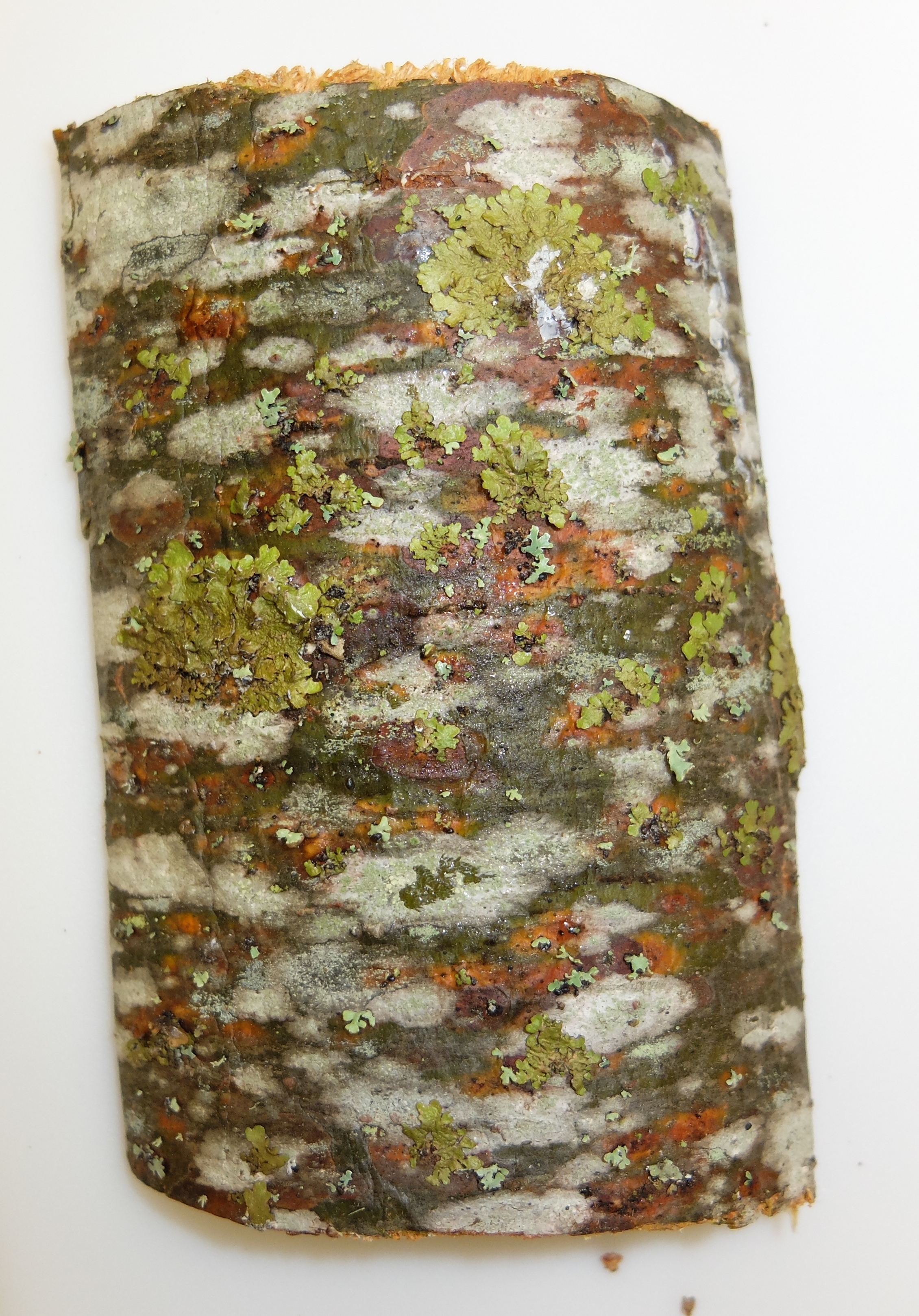We are investigating the identity, extent and severity of native and invasive pests and pathogens affecting eastern white pine, and identify factors associated with relatively high and low pest and pathogen damage.
Eastern white pine, an iconic forest species and the state tree of Michigan and Maine, is widely distributed in the Lake States region and much of the northeastern US. Reports of declining white pine have been increasing in the Lake States and northeastern US for the past decade (1,2). Since 2007 (3) anecdotal observations of unusual mortality and branch death of white pine along the Au Sable and Manistee Rivers in the north central Lower Peninsula have been associated with at least two diseases. In the first, cankers were observed underneath lichen and bark on flagging branches. Multiple fungal species have been isolated from these cankers. In 2015 and 2016, a scale insect (Matsucoccus macrocicatrices) was detected on symptomatic trees. More recently, a second disease appeared, which is recognized by sunken red cankers on the bole and branches of declining trees. In October 2016, immature fruiting bodies of Caliciopsis canker (Caliciopsis pinea) were observed on a sunken red canker on pines from the same area (Lint and Sakalidis, unpubl. data). This canker disease has been detected in at least six other states and was associated with Matsucoccus scale in the last three states. The relative importance and interaction of site conditions, fungal pathogens and sap-feeding insects associated with this problem remain unknown.
